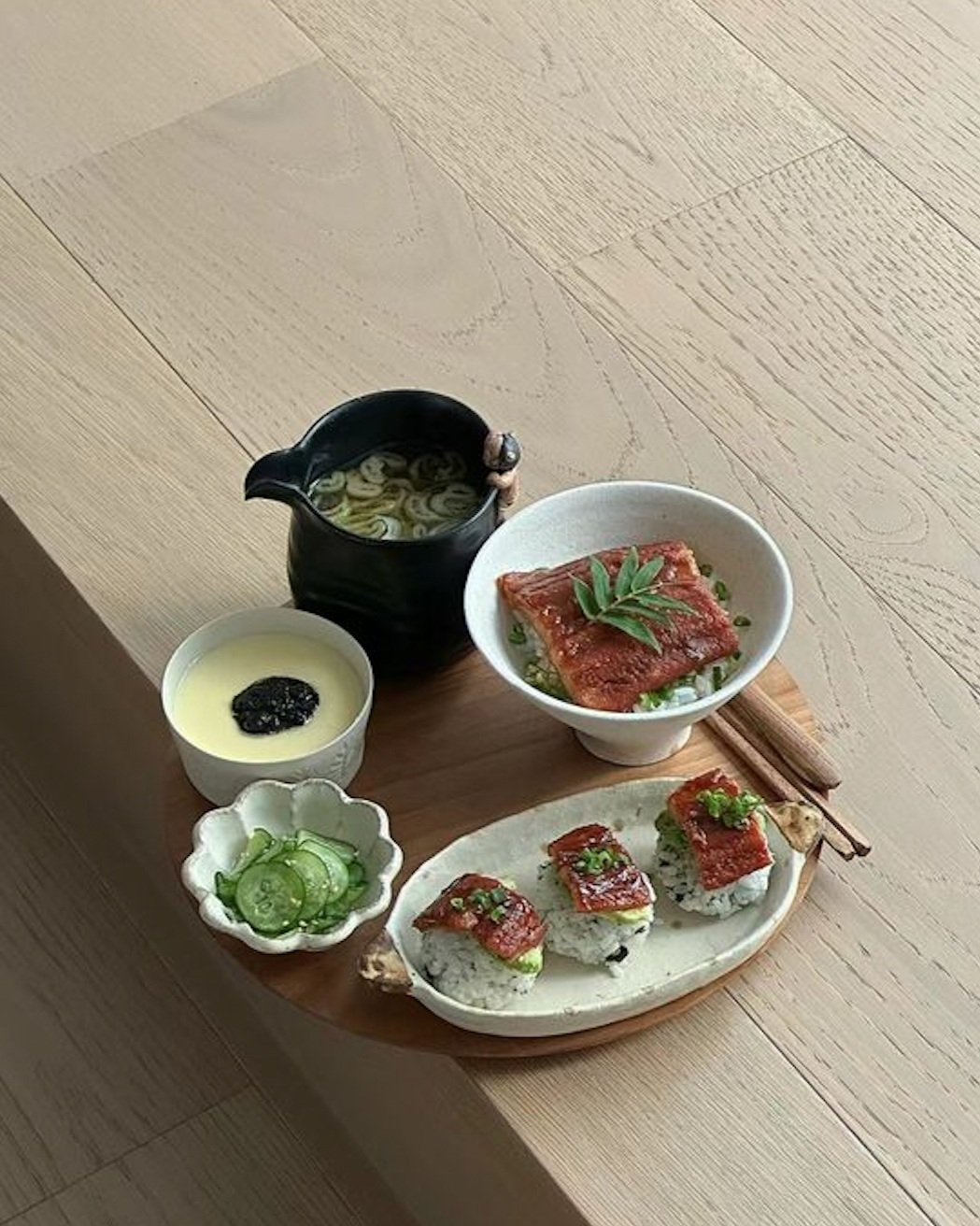Let’s Talk About The Japanese Diet And Why It’s So Healthy
PC: Pinterest
Japan is amazing. I mean seriously. I know it’s gotten a lot of love lately with the rise of tourism, but I’ve been Japanese since birth and can really speak on what makes this big island so special. And while there are a lot of angles to tackle that topic from, today I’m focusing specifically on their food and diet.
Studies after studies have been conducted on the Japanese diet. The Japanese people’s long life expectancy can largely be attributed to their food culture. There is a big emphasis on sea food, as you might have guessed — healthy, natural, and low processed foods are abundant. But more than just what we eat, it’s also important to consider how we eat. I never knew that we ate in a “special” kind of way until I left my little home and saw how Americans went about their diet. This isn’t to throw shade in any way, I’m just stating the facts and differences that make the Japanese diet stand out from the bunch. So why is Japanese food so healthy? The answer can be broken down into the following parts.
How Japanese People Eat
Let’s first get into the how before the what. In Japan, instead of having one big meal sitting in front of you, we commonly have a bunch of little dishes spread out on the table. A bowl of rice serves as your center piece, and three to five other little dishes sit in small bowls around it. There’s usually one or two vegetable dishes (pickled cucumbers, marinated spinach, etc.), miso soup, a fish dish, and other random meals (like pictured above). This gives the consumer the chance to diversify their nutrient intake in a single meal. Eating “healthy” also starts at a very early age. Ask any kindergartner what their favorite food is in Japan and their answers might surprise you — I think this video explains it quite well.
What Japanese People Eat
Now le’ts get into the “what”. To start, processed foods are not as abundant in Japan as they are in America (although they obviously exist). There is a big emphasis on fresh ingredients like vegetables, fish, and fruits. And while there certainly is plenty of chicken and beef, seafood leads the food scene, which is generally considered to be healthier than poultry and red meat. Next, our foods are rarely deep-fried. With the exception of some classic dishes like tonkatsu or karaage, most of our food is steamed or boiled, which uses a lot less oil.
“Slimy Food is Healthy Food”
Apparently that’s not a saying everywhere else? I grew up consuming a lot of natto, nagaimo, okra, etc because we were told that slimy food is healthy food. We call them neba neba foods, and while the slime itself might not be the source of health, the foods that are slimy usually offer nature’s best nutrients.
Less Sugar
Have you ever eaten traditional Japanese deserts? To the American palette, they might even taste bitter. But that’s only because Americans have been so oversaturated with sugar that their tastebuds have a higher tolerance for sweet things. Many of our sweets derive from natural foods, like red beans and tea leaf, which in itself is already quite healthy.
Smaller Portions
Consider the portions as well — in America you might get a big slab of meat for a steak dinner, but in Japan meat is typically served in a thinly sliced form, which results in eating a lot less of it. If you ever go to Japan you’ll also notice that meals are in general much smaller. What a “small” order in America is, is the same as a “large” in Japan (seriously, try to order a venti coffee in Starbucks, or a large order of fries in McDonalds, you’ll laugh!). Studies have shown that larger serving plates result in more food getting consumed. Well, Japanese dishes are quite tiny, which makes you feel like you’re full much quicker.


